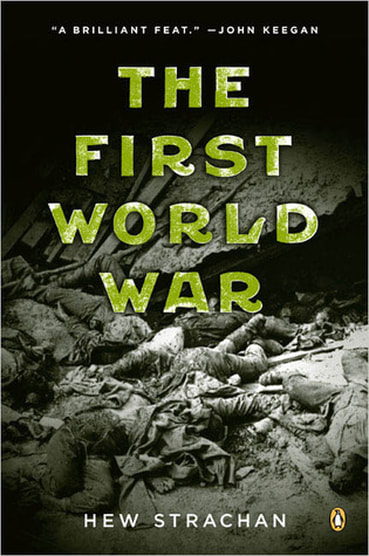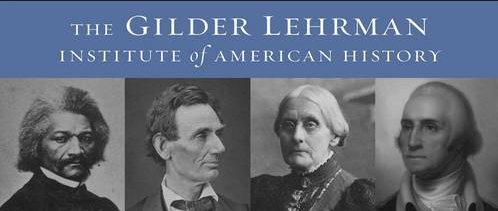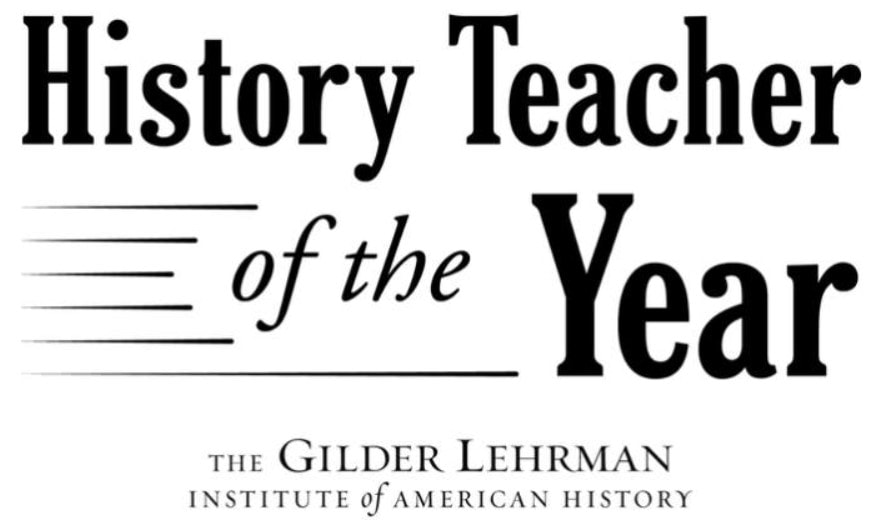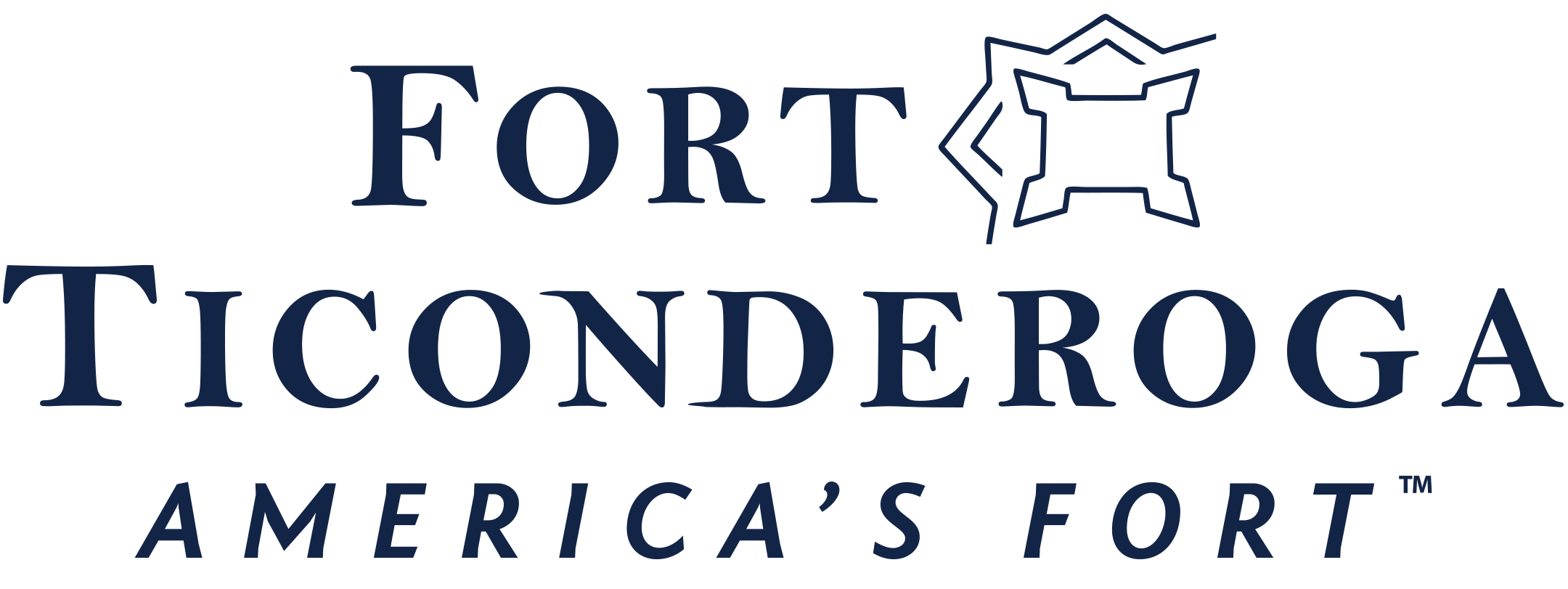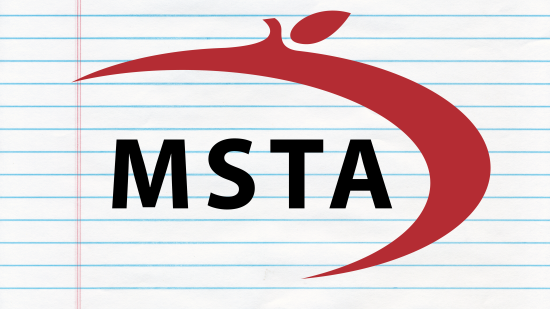| The differences between the French and Indian War and World War I can be shocking. Since I am reading two books simultaneously rather than sequentially, the differences are made more obvious. I have chosen to read The War that Made America and The First World War one chapter or section at a time, alternating between the two every day or two, in order to made comparisons and contrasts as I go. They are two distinctly different wars, but at the same time, there are similarities. Mostly, as I reflect on the reading, I will only discuss one at a time to keep things a little more succinct. However, in doing so in this particular post, differences are quite obvious. The French and Indian War was a world war before the term was coined. Still, mostly, the French and Indian conflict was locally engaged. That, according to Hew Strachan, writer of The First World War, was the intention in the opening salvos of the Great War, as well. |
Admittedly, the conflict [Austria-Hungary] sought was designed to be short, localised and fought between single powers, whereas the war that resulted was none of those things. For this Germany was blamed, both then and since. Even Austria-Hungary cast aspersions on its ally, holding Germany responsible for getting it into a war which was bigger than it could handle.
The principal link between the long-term and short-term origins of the First World War is the First Balkan War. The Germans saw it as a war fought by Russia by proxy...The Kaiser was furious...He said that, if Russia came to Serbia's aid, Germany would fight.
German plans demanded more trained men that the army had available for mobilisation. As a result, it called up all its reservists. Including men in middle age, from the very beginning. This was not just a young man's war.
Citing the German's suppression of the Herero uprising of 1904-5 in their colony in south-west Africa (modern Namibia), allied propagandists damned such practices as 'colonial'. Stories of the atrocities focused on the rape of young girls, the cutting off of infants' hands, and the execution of priests and nuns.
In 1815, at Waterloo, the infantry soldier's musket had a maximum effective range of 150 yards and a rate of fire of two rounds a minute; a century later, the infantry rifle could range almost a mile, and - fed by a magazine - could discharge ten or more rounds in a minute. A machine-gun, firing on a fixed trajectory, could sweep an area with 400 rounds in a minute. The adoption of smokeless powder in the 1880s protected the location of the firer and guaranteed that visibility on the battlefield was subject only to the influences of nature (cloud, mist and night) but no longer to smoke...Advances in artillery made permanent fortifications vulnerable, and their modernisation with reinforced concrete was costly.
The 'battles of the frontiers' were the first occasion on which most French, German and British soldiers came face to face with modern firepower, and they were devastated and disorientated by the effects. Lieutenant Ernst von Röhm, on coming under heavy French fire in Lorraine, thought, that at last he would see the enemy and got our his field glasses, 'but there is nothing to recognise and nothing to see'. As the fire of his own unit slackened, he stood up and called on his comrades to do likewise. 'I want to see how many are still fit to fight. The bugler, who has remained by my side like a shadow, says to me sadly: "Herr Leutnant, there is nobody there any more!" And in truth nobody is standing on the whole front line. Only three men are still unscathed, everybody else is dead or wounded'...Aubry Herbert recalled that 'It was as if a scythe of bullets passed directly over our heads about a foot above the earthenworks. It came in gusts, whistling and sighing...It seemed inevitable that any man who went over the bank must be cut nearly in two.'
